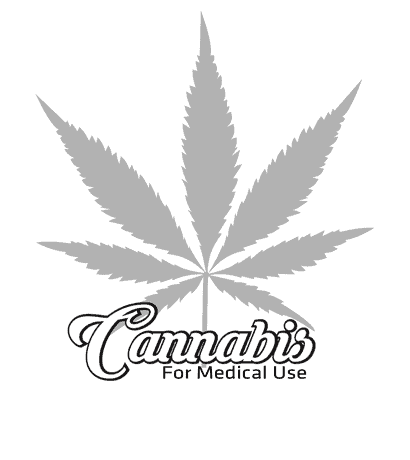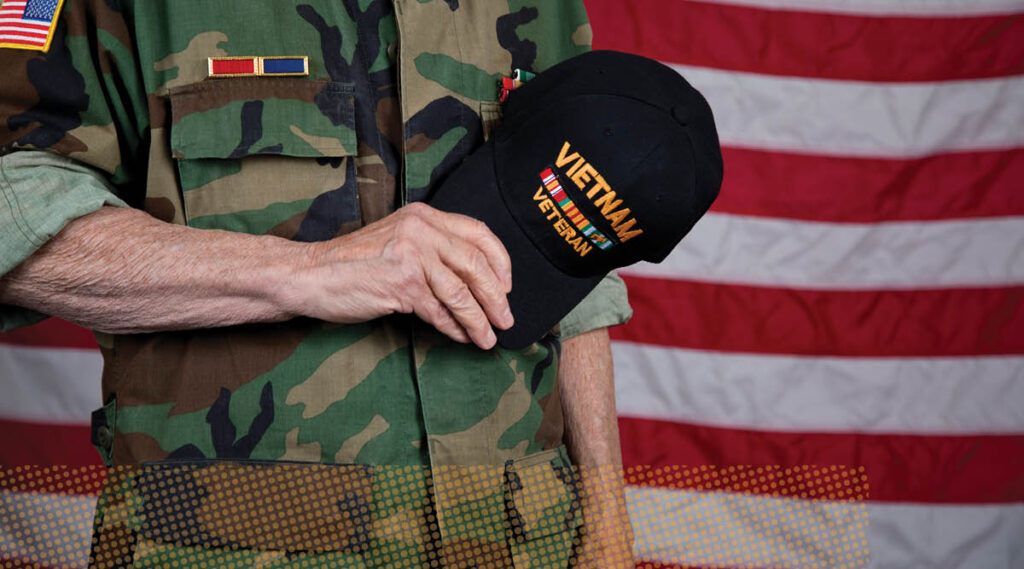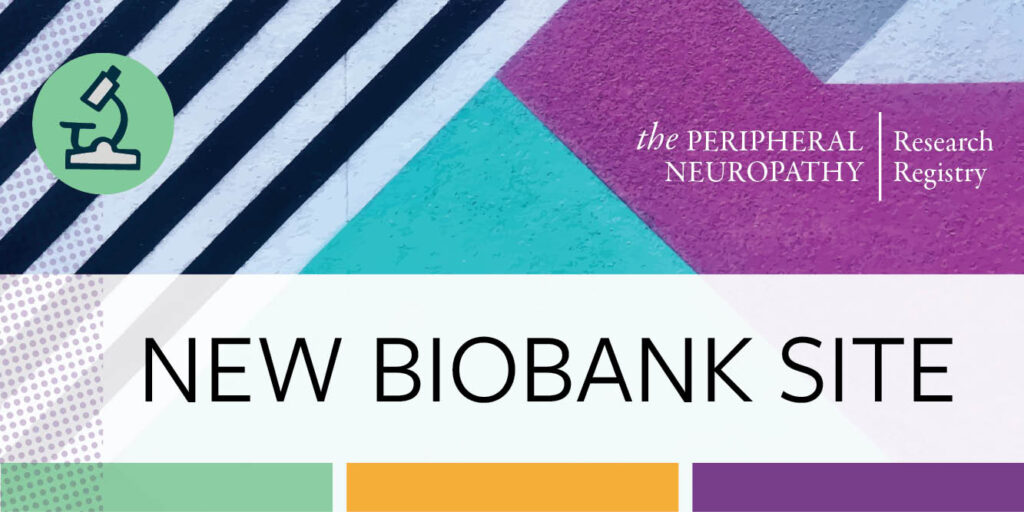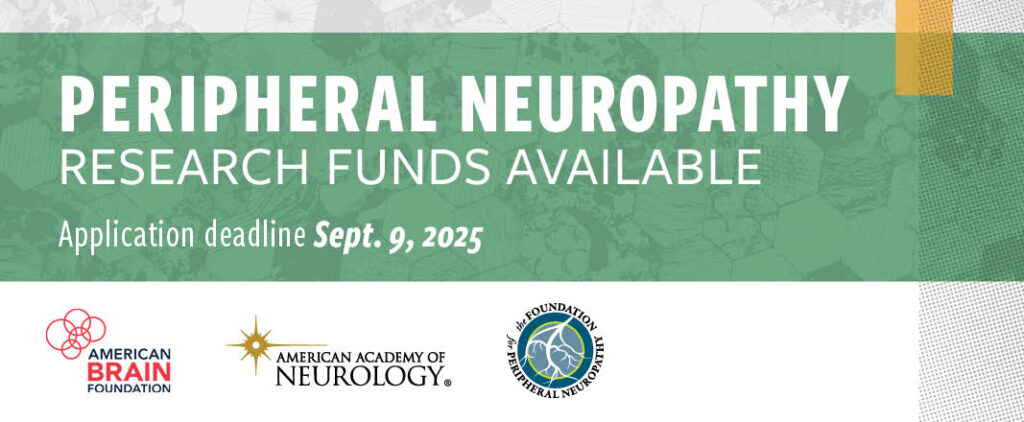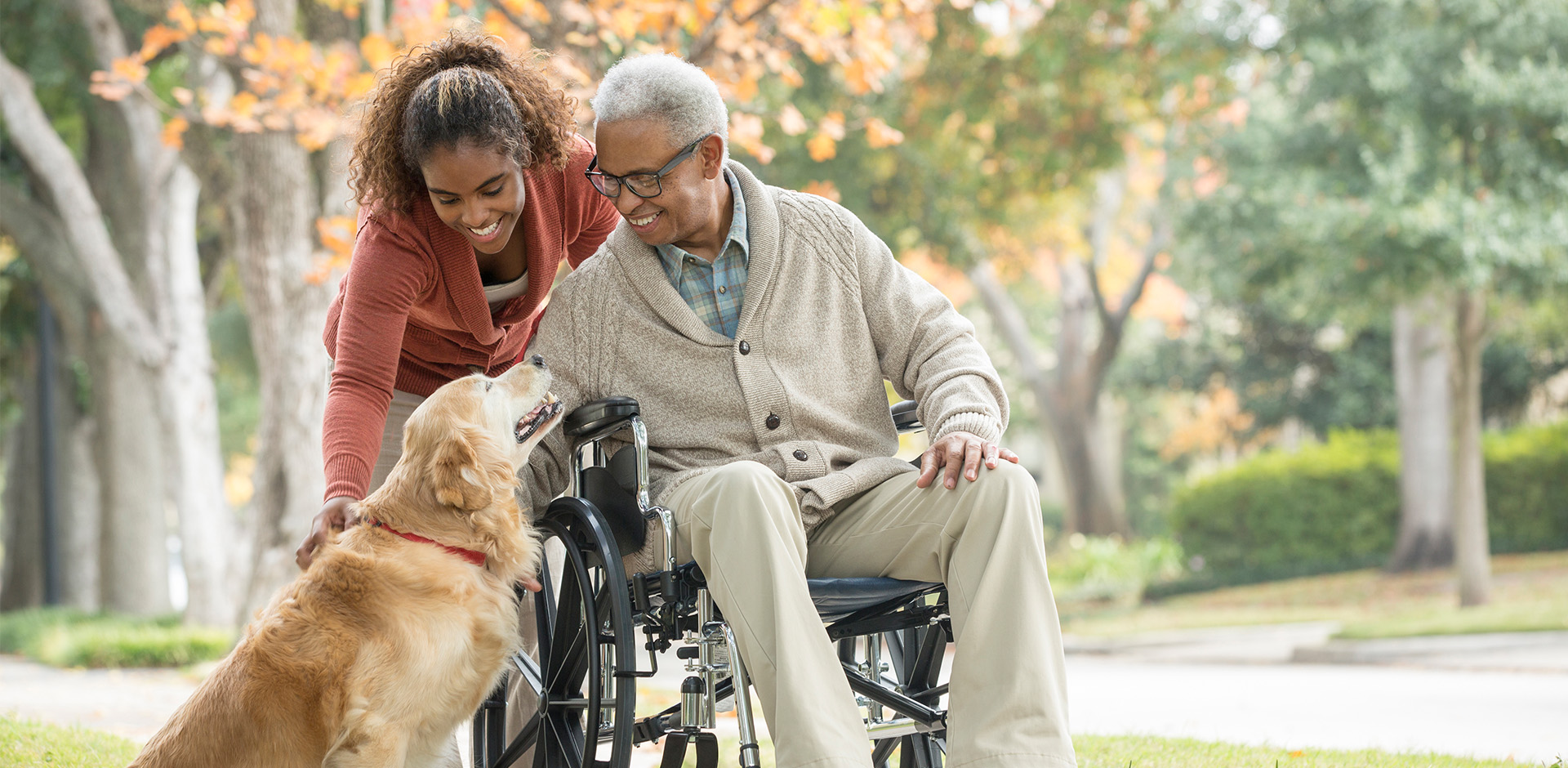Medical Cannabis for Peripheral Neuropathy Treatment – Part 5 of 5
This is the fifth and final article on medical cannabis and its use as a peripheral neuropathy treatment.
How to Use Medical Cannabis
by Dr. Rosemary Mazanet
Cannabis smoke contains thousands of organic and inorganic chemical compounds, similar to that found in tobacco smoke or cigars. Smoking any substance will carry the same risk due to carcinogens in all smoke. Oral ingestion use eliminates the need to inhale toxic combustion products created by smoking and therefore negates the risk of respiratory harm associated with cannabis smoking.
Methods of Medical Use
Inhalation of Marijuana
Patients may elect to use marijuana for medical use through traditional methods of inhalation including smoking the product in rolling papers, a pipe, or a water pipe. Additionally, patients can use marijuana for medical use via flower (the dried leaves), oil, or premade cartridges in a variety of commercially available vaporizers or disposable units. These products heat, without burning the medicine, until it vaporizes and allows for the patient to separate the cannabinoids from the plant material.
Edible Marijuana
Marijuana Infused Products (MIPs), or edible medical marijuana for medical use, are products that have been prepared with oils made from supercritical CO2 fluid extracted marijuana flower. For patients who wish to avoid inhaling the product, eating a MIP is an alternative that provides effective treatment and for some patients necessary additional calories. The downside is that because edibles take longer to be effective (20-60 minutes at least), they might not be the first choice for patients with pain.
Concentrated Marijuana
Concentrated marijuana oils and extracts are another alternative format that patients can choose for medicating. These products are produced through a solvent-less extraction process that separates, and concentrates, the essential oils from the marijuana flower. Concentrates allow a patient the ability to select a form of medication that accentuates and intensifies the particular cannabinoid qualities they are looking for. Concentrates can be inhaled either by smoking or through vaporization.
Topical Application of Marijuana for Medical Use
Topical treatments can feature both THC and CBD and come in a variety of different forms including lotions, ointments, and balms. These products can be used to treat a specific medical need or can be used, in conjunction with other topical regimes, as a preventive. All topical products produced will have undergone the necessary formulation to ensure that all the active ingredients will work in their trans-dermal form.
Comparison to Narcotics
In the clinical setting, opioid painkillers are incredibly potent and can work wonders for certain types of pain. They are much less effective in cases of nerve pain, however. In studies, marijuana performs just as well as gabapentin, a leading pharmaceutical used to treat neuropathy. An additional advantage of cannabis for pain is that whereas narcotics commonly increase nausea and vomiting, marijuana relieves those symptoms. Of note, the use of monitored drugs including narcotics for pain decreased in states where medical marijuana was approved for those qualified conditions.
Patients are using medical cannabis to treat a broad range of therapeutic categories including; mental health (anxiety, insomnia), cancer (cachexia, wasting neuropathy), diabetes (neuropathy), CNS (seizures and epilepsy, ALS, MS, etc.) and cardiovascular (inflammation) diseases. These are some of the largest and most critical chronic illness categories today facing the global population. The majority of patients become repeat purchasers, indicating that they believe they are receiving benefit.
The fact that the FDA and DEA do not allow current clinical trials with medical cannabis outside of a few formulations that are seeking to have formal FDA approval makes this all the harder to come up with guidelines for physicians to help their patients get the right product.
This is the fiftth in a series of five articles on medical cannabis by Dr. Mazanet for the Foundation for Peripheral Neuropathy:
- The Status of Legalized Medical Marijuana and What is Dispensed
- The History of Cannabis Use
- How Does Cannabis Work?
- The Benefits and Effects of Medical Cannabis
- How to Use Medical Cannabis
About the author: Dr. Rosemary Mazanet, MD, PhD, was trained in Internal Medicine (Brigham and Women’s Hospital, Boston) and Medical Oncology (Dana Farber Cancer Institute, Boston), and has been active in the Biotechnology community for the last 30 years. Currently she is involved in strategic drug development and is the head of the Scientific Advisory Board for Columbia Care, Inc, a company that grows and dispenses legal medical cannabis in nine states.
